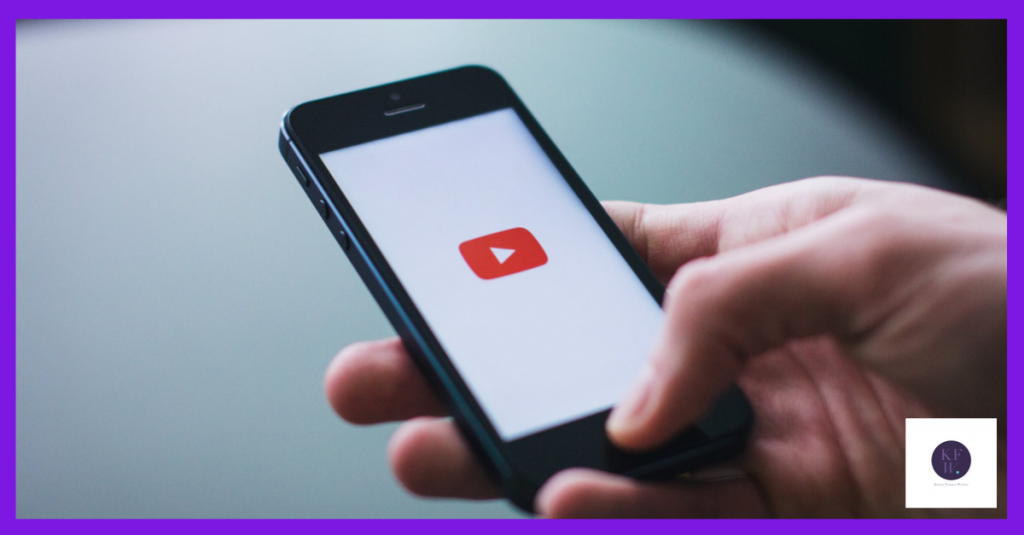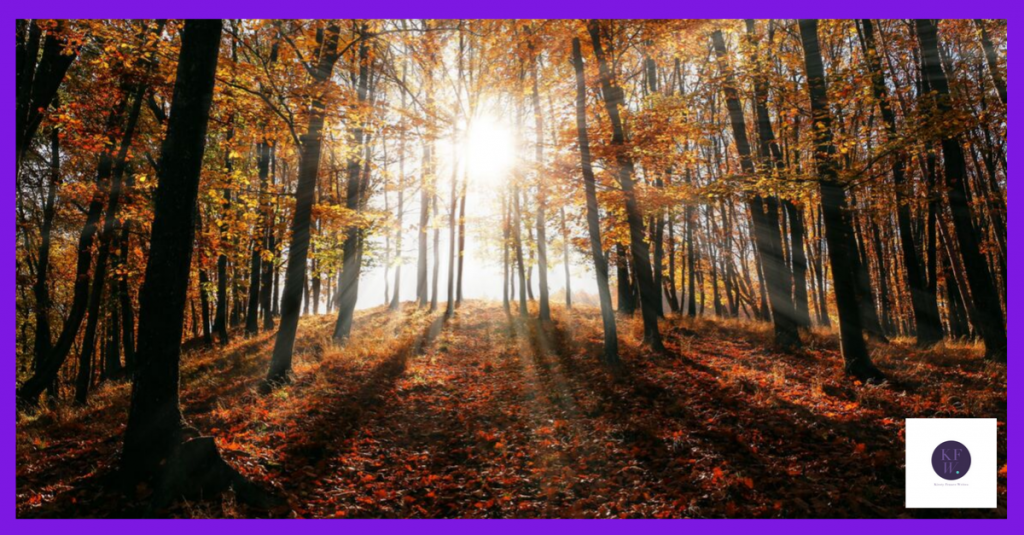
I know that there are lot of different views out there about Hallowe’en. Lots of you love it, others think it’s over commercialised rubbish. Take to Twitter and you’ll find a growing movement of evangelists who see it as Satan worshipping. They clearly haven’t done their research. Hallowe’en grew out of Samhain, the old Celtic New Year celebrated by Pagans. The last time I checked, Pagans didn’t actually believe in the devil.
Of course, it’s easy to suggest that views on Hallowe’en are all black and white. Really, it’s far more complicated than that. That’s why I decided to give you my perspective on Hallowe’en.
The fun bits
As regular readers will know, I have two young children. They’ve been excited about Hallowe’en since the end of September and are both incredibly disappointed that their school won’t let them wear costumes instead of uniform.
As I write this, debate in our house is still raging about whether we’re going out trick or treating or just getting a big tub of sweets to hand out to anyone who calls. Trick or treating is mostly fairly good natured near us so I suspect the final decision will be made by the weather. I know that a lot of people regard it as an American tradition that we’ve had foisted onto us. Personally, I enjoy it. It makes me feel part of a community and its fun trying to guess whether a child we know is hiding behind that mask.
Hallowe’en horror
Of course, I know that Hallowe’en in general, and trick or treating in particular, isn’t fun for everyone. We’ve always observed the rule that you only knock at doors that have a pumpkin on display. Last year a house near us put sweets by the front door with a note asking that we didn’t ring the bell as they were trying to get their baby to sleep. If that had been me, any interruptions would have ended in a real horror story!
Unfortunately not everyone behaves well. Every year we hear stories about people being terrorised or having their property vandalised because they didn’t answer the door. The playground heard tales of little kids in tears because someone had smashed their pumpkin for fun or chased them down the road with an axe. Those stories make me wonder what goes on in people’s heads (and have inspired a few ideas for crime stories – watch this space).
The memorial
For me, Hallowe’en isn’t just about pumpkins and scary stories. It’s a memorial too. There’s a Pagan concept which says that the veil between the living and the dead is at its thinnest on Hallowe’en. That’s why it’s become associated with ghosts and spirits, as it was thought to offer the best chance of communicating with your departed loved ones.
It’s a different kind of remembrance for me. We always celebrated Hallowe’en when I was growing, with a carved pumpkin and lots of sweets. Oh, and a birthday cake. I know that’s not traditional, but my Dad was born on Hallowe’en. That was the main reason for the party. He died a few years ago so the meaning of Hallowe’en has changed for me. It’s a tough day because I miss him, but it also gives me the chance to look back and be grateful for his life.
Why am I telling you all this? The truth is, our stories are important. They help us to find our people, in business and life in general. That’s why we should never be afraid to share. Thanks for reading.


